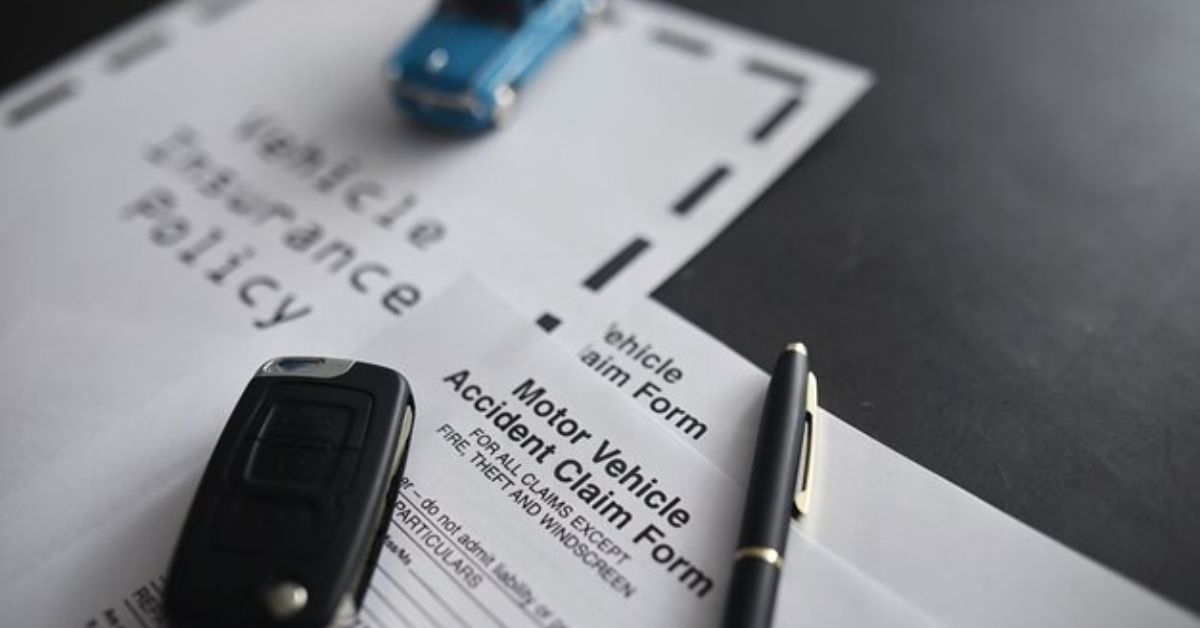Car registration is an essential aspect of vehicle ownership, serving as a formal document that certifies the vehicle’s legal status and provides crucial information about its owner. Understanding what a car registration looks like and what it entails is important for every vehicle owner. This guide explores the key features of car registration documents, their purpose, and how they vary across different regions.
Purpose and Importance of Car Registration
Car registration is a legal requirement for operating a vehicle on public roads. It serves multiple purposes, including proving ownership, ensuring compliance with local regulations, and contributing to road safety. Registration helps authorities keep track of vehicles, facilitates the enforcement of laws, and assists in identifying stolen vehicles.
Without proper registration, a vehicle cannot legally be driven, and owners may face penalties or fines. Registration also plays a critical role in insurance processes and vehicle inspections, ensuring that vehicles meet safety and emissions standards.
Typical Layout of a Car Registration Document
Car registration documents are standardized by various government agencies, but their appearance and content can vary depending on the country or state. Generally, a car registration document includes several key sections:
Vehicle Identification Details
This section provides specific information about the vehicle, including:
- Vehicle Identification Number (VIN): A unique 17-character code that identifies the vehicle. It includes information about the vehicle’s manufacturer, model, and year.
- Make and Model: The brand (e.g., Toyota, Ford) and model (e.g., Camry, F-150) of the vehicle.
- Year of Manufacture: The year the vehicle was built.
- Body Type: Information on the vehicle’s design, such as sedan, coupe, or SUV.
- Engine Size and Type: Details about the vehicle’s engine, including its capacity and type.
Owner Information
This section identifies the registered owner(s) of the vehicle and typically includes:
- Owner’s Name: The full legal name of the person or entity that owns the vehicle.
- Address: The residential address of the owner.
- Contact Information: Phone number and/or email address for communication purposes.
Registration Details
This section outlines the specifics of the registration itself:
- Registration Number: A unique number assigned to the vehicle, often displayed on the license plate.
- Registration Date: The date when the registration was issued.
- Expiry Date: The date when the current registration expires and needs renewal.
- Registration Fees: Details about the fees paid for registration, which can vary depending on the vehicle and location.
Legal and Compliance Information
This section includes important legal and compliance-related information:
- Emission Standards: Information about the vehicle’s compliance with local emission regulations.
- Safety Inspection: Details about any required safety inspections and their status.
- Insurance Information: Although not always included, some documents may have a section for insurance details or requirements.
Design and Appearance Variations
The design and appearance of car registration documents can differ significantly depending on the issuing authority:
- Color and Layout: Different regions use various colors and layouts for their registration documents. Some might use a simple design with minimal graphics, while others may incorporate more elaborate features.
- Security Features: Modern registration documents often include security features to prevent fraud. These may include watermarks, holograms, or barcodes.
- Language: In multilingual regions, the document may include information in several languages to cater to a diverse population.
Registration Plates and Stickers
In addition to the registration document, vehicle registration involves physical items such as license plates and registration stickers:
- License Plates: These are metal or plastic plates attached to the vehicle, displaying the registration number. They come in various designs and formats, depending on the region.
- Registration Stickers: Some regions require stickers to be displayed on the vehicle’s license plate or windshield. These stickers indicate the registration’s validity and may include information about the expiry date or inspection status.
Renewal and Updating Registration
Car registration is not a one-time process; it requires periodic renewal to ensure that the vehicle remains compliant with local regulations. The renewal process typically involves:
- Submission of Documents: Providing updated proof of ownership, insurance, and any necessary inspections.
- Payment of Fees: Paying the required registration fees, which can vary based on the vehicle and location.
- Updating Information: If there are changes to the vehicle or owner information, such as a change of address, it must be updated with the relevant authorities.
Online Registration Services
Many regions now offer online services for managing car registration. These services provide convenience and streamline the process by allowing users to:
- Renew Registration: Renew their vehicle’s registration without visiting a physical office.
- Update Information: Make changes to owner details or vehicle information online.
- Pay Fees: Pay registration fees and fines through secure online portals.
International Variations
Car registration documents vary internationally, reflecting differences in regulatory requirements and design preferences. For example:
- In the United States: Each state issues its own registration documents with varying designs and formats. State-specific features include unique registration numbers and state seals.
- In the European Union: EU countries have standardized vehicle registration formats, but each country may have distinct design elements and security features.
- In Australia: Registration documents include details about the vehicle, the owner, and registration validity, with state-specific designs.
Conclusion
Understanding what a car registration looks like and its components is crucial for vehicle owners and potential buyers. The registration document serves as a vital proof of ownership and compliance with local regulations. Its design and content may vary depending on the issuing authority and region, but its primary purpose remains consistent: to ensure that vehicles are legally and safely operated on public roads.
By familiarizing yourself with the features and requirements of car registration, you can better manage your vehicle’s legal status and avoid potential issues with authorities. Whether you’re renewing your registration, updating your information, or simply curious about the document’s design, having a clear understanding of car registration is essential for responsible vehicle ownership.






